If you're looking to start a new lawn or fill in a patchy area of your existing one, consider planting your lawn from seed. While not the perfect solution for every lawn in all parts of the country, grass seed is often a great choice for homeowners who want more grass options.
Spring and fall are the best times to sow grass seed, because the seeds grow best when temperatures are between 60 and 80 degrees Fahrenheit. Check your local recommendations for the precise times to plant in your area; in warmer and milder climates, you will be able to sow later into the fall season than in colder climates.
Check out these tips to see if grass seed is the best option for you.
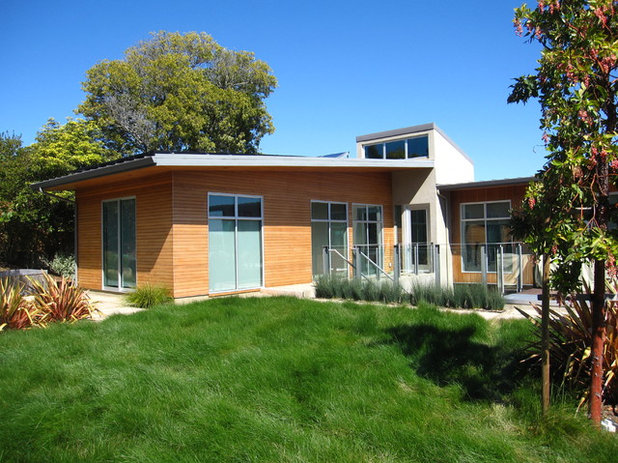
Shades Of Green Landscape Architecture
Why start a lawn from seed?- You want to save money. (Grass seed typically costs 2 to 8 cents per square foot, depending upon variety and spread rate. Compare that to 8 to 30 cents per square foot for sod.)
- You like a type of grass that grows better from seed (such as cool-season grasses like Kentucky bluegrass, perennial ryegrass and tall and fine fescues)
- You can start your lawn in the spring or fall.
- You want to plant your lawn yourself.
- You need to fill in a small area of your lawn that has declined.
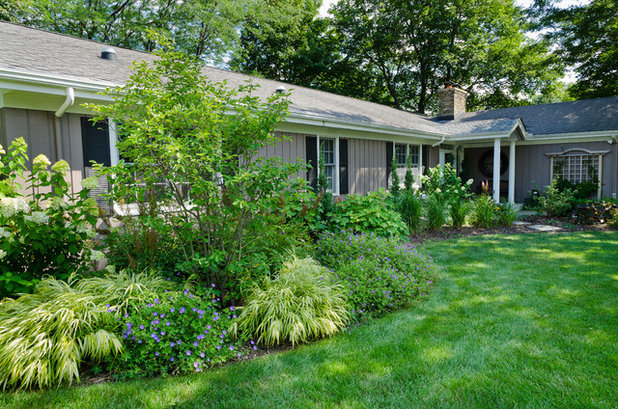
Ginkgo Leaf Studio
How to Plant Grass Seed1. Prep the ground. Properly prepare the area before you plant grass seed. Incorrectly prepared ground will result in a lawn that is lumpy and bumpy, creating more than simply aesthetic issues. Bumpy lawns encourage improper drainage, leading to unhealthy grass, and an uneven grass surface can result in tripping and falling.

McDugald-Steele
2. Choose your grass seed type. Get recommendations from your county extension office about the types of grass for your area that grow well from seed, as not all do. Many of the cool-season grasses do well when started as seed, but be sure you get that information up front.
Depending on the type of grass seed you'll be sowing, plan to use 2 to 4 pounds per 1,000 square feet. Each type of grass seed has its own spread rate, so again, be sure to read the instructions on the seed bag.
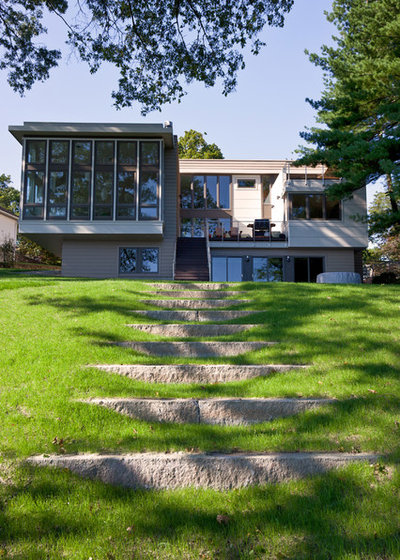
Matthew Cunningham Landscape Design LLC
3. Disperse the grass seed. Using a handheld fertilizer spreader and the recommended spread rate, disperse the seed over your prepared ground. Apply half of the seed in one direction, and the other half of the seed at right angles to ensure even coverage. Then drag a hard rake across the soil surface to help the seed make good contact with the soil.
Alternately, you can use a roller, available at rental stores, to press the seeds into the soil for better germination. Some experts prefer to omit this step, believing that the roller can cause depressions in the ground that lead to water collection. If you choose to use a roller, consider filling it only partway with water to reduce the pressure on the soil.
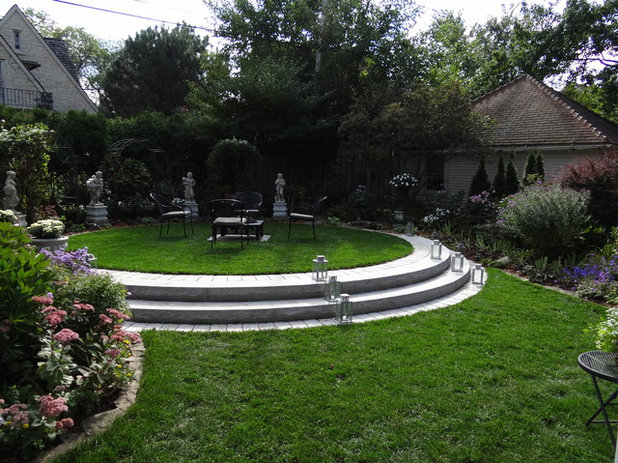
Breckenridge Design, Construction & Maintenance
4. Water and mow. Lightly sprinkle the seeded ground several times a day with water to keep the soil moist and cool. For the first eight to 10 days, water two to three times a day for five to 10 minutes using an oscillating sprinkler for even coverage. As the grass seeds germinate, water less often but more deeply (once a day for 15 to 30 minutes).
Wait until the new grass is 2 to 3 inches tall before you mow. With seeded lawns, the more frequently you mow, the better your grass seed will fill in. However, it's a commonly accepted rule of thumb to never remove more than one-third of the height of your grass in any one mowing.
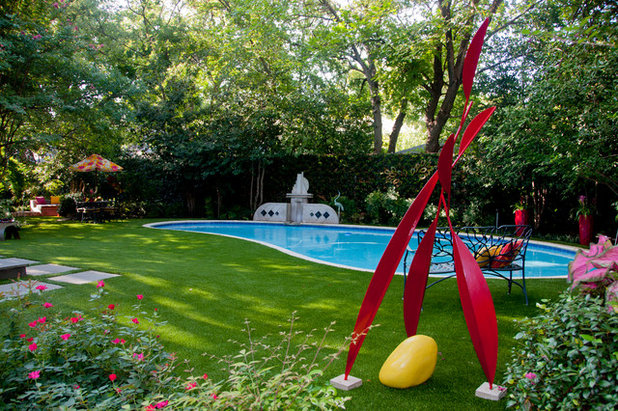 Additional grass seed tips:
Additional grass seed tips:- Seed mixtures contain two or three different types of grass seeds to create a healthy, diverse lawn that will stay green all season. Seed blends, on the other hand, contain different varieties of the same kind of grass for a more uniform look. Ask your local experts for their recommendations.
- Some experts recommend covering newly seeded ground with a layer of straw to keep moisture in and protect the seed until it germinates. If you do this, promptly remove the straw when the seedlings reach 2 to 3 inches in height.
- Sowing seed is a great one-person afternoon project.





